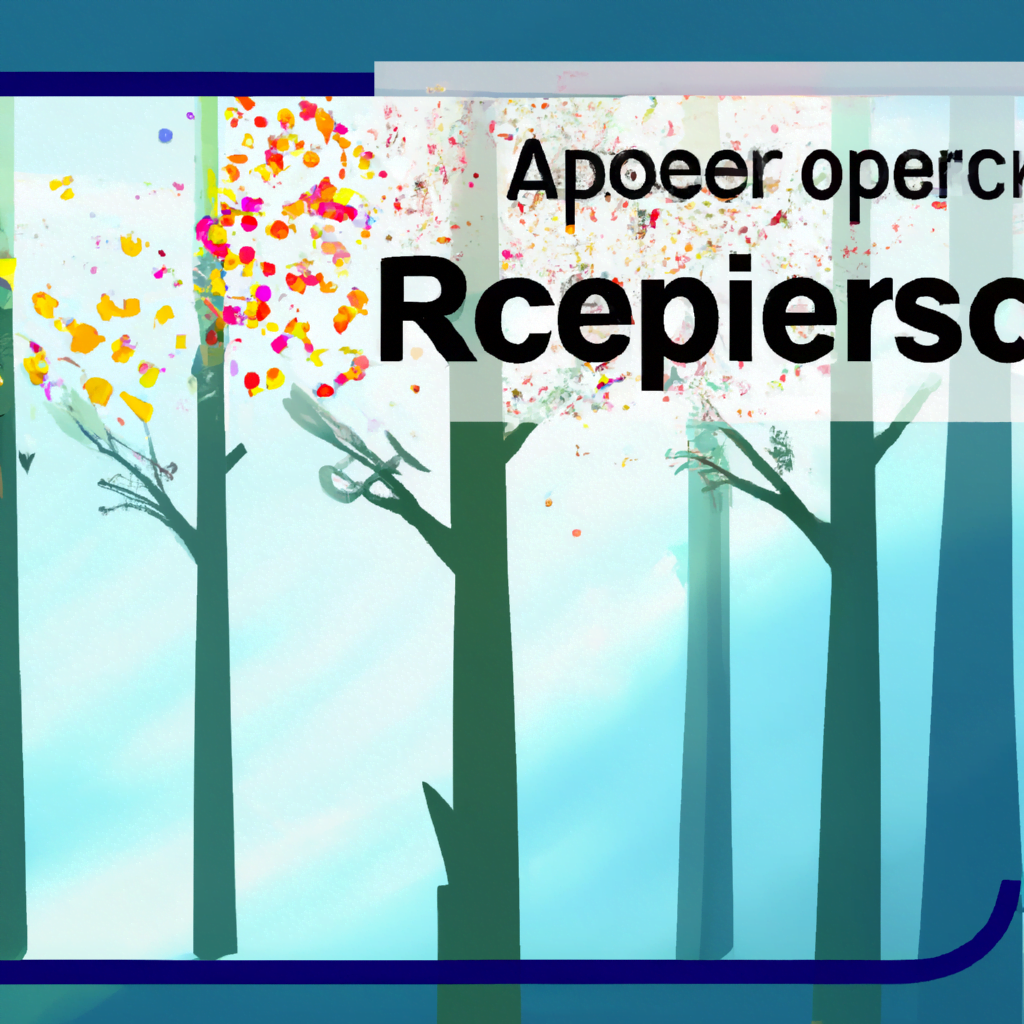Automation in Logo Design: How AI is Changing the Landscape
Logo design is a crucial aspect of branding and marketing for businesses of all sizes. A well-designed logo can convey a company’s values, establish its identity, and leave a lasting impression on consumers. Traditionally, logo design has been a manual and time-consuming process, requiring the expertise of skilled graphic designers. However, with the advent of artificial intelligence (AI) and automation, the logo design landscape is undergoing a significant transformation. In this article, we will explore how AI is revolutionizing logo design, the benefits and challenges it presents, and the future implications for businesses.
The Rise of AI in Logo Design
Artificial intelligence has made remarkable advancements in recent years, and its impact on various industries is becoming increasingly evident. Logo design is no exception. AI-powered logo design tools leverage machine learning algorithms to automate the design process, enabling businesses to create professional-looking logos quickly and affordably.
One of the key drivers behind the rise of AI in logo design is the need for efficiency. Traditional logo design methods involve multiple iterations, back-and-forth communication between designers and clients, and a significant investment of time and resources. AI-powered tools streamline this process by generating logo options based on predefined parameters and user preferences. This not only saves time but also reduces costs associated with hiring professional designers.
The Benefits of AI in Logo Design
The integration of AI in logo design brings several benefits to businesses:
- Speed and Efficiency: AI-powered logo design tools can generate multiple logo options within minutes, significantly reducing the time required to create a logo.
- Cost-Effectiveness: Hiring a professional graphic designer for logo design can be expensive. AI-powered tools offer a more affordable alternative, making logo design accessible to businesses with limited budgets.
- Consistency: AI ensures consistency in logo design by adhering to predefined guidelines and brand standards. This helps maintain a cohesive brand identity across different platforms and marketing materials.
- Customization: AI-powered tools allow businesses to customize logo designs based on their specific requirements. Users can input their preferences, such as color schemes, typography, and symbols, to create a logo that aligns with their brand image.
Case Studies: Successful Implementation of AI in Logo Design
Several companies have embraced AI-powered logo design tools and witnessed positive outcomes. Let’s explore a few case studies:
1. Airbnb
In 2014, Airbnb underwent a rebranding process and introduced a new logo. The company utilized an AI-powered tool called “The Airbnb Design Language” to generate thousands of logo variations. The tool analyzed various design elements, such as shapes, colors, and patterns, to create a logo that reflected Airbnb’s brand identity. The result was a visually appealing logo that resonated with the company’s target audience.
2. Tailor Brands
Tailor Brands is an online platform that uses AI to automate the logo design process. The platform allows users to input their business name, industry, and design preferences. Based on this information, Tailor Brands generates multiple logo options. The company has successfully served over 15 million users, providing them with professional-looking logos at an affordable price.
Challenges and Limitations of AI in Logo Design
While AI-powered logo design tools offer numerous benefits, they also face certain challenges and limitations:
- Lack of Human Creativity: AI algorithms are trained on existing design patterns and trends, which may limit their ability to produce truly unique and innovative logo designs.
- Subjectivity: Logo design is subjective, and different individuals may have varying opinions on what constitutes a good logo. AI-powered tools may struggle to capture the subjective aspects of design preferences.
- Overreliance on Templates: AI-powered logo design tools often rely on pre-existing templates and design elements. This can result in a lack of originality and differentiation among logos.
- Brand Understanding: AI algorithms may not fully understand a brand’s values, mission, and target audience, which are crucial considerations in logo design.
The Future of AI in Logo Design
As AI continues to advance, the future of logo design looks promising. Here are some potential developments we can expect:
- Enhanced Creativity: AI algorithms will become more sophisticated, enabling them to generate highly creative and unique logo designs that push the boundaries of traditional design.
- Improved Customization: AI-powered tools will better understand a brand’s identity and target audience, allowing for more personalized and tailored logo designs.
- Seamless Integration: AI will seamlessly integrate with other design tools and software, providing designers with enhanced capabilities and efficiency.
- Collaboration between AI and Designers: Designers will work alongside AI algorithms, leveraging their capabilities to enhance their own creativity and efficiency.
Conclusion
AI is revolutionizing the logo design landscape, offering businesses a faster, more cost-effective, and customizable approach to logo creation. While AI-powered tools bring numerous benefits, they also face challenges in terms of creativity, subjectivity, and brand understanding. However, as AI continues to evolve, we can expect significant advancements in logo design, with enhanced creativity, improved customization, and seamless integration with other design tools. As businesses embrace AI in logo design, it is crucial to strike a balance between automation and human creativity to create logos that truly resonate with target audiences and reflect a brand’s unique identity.
